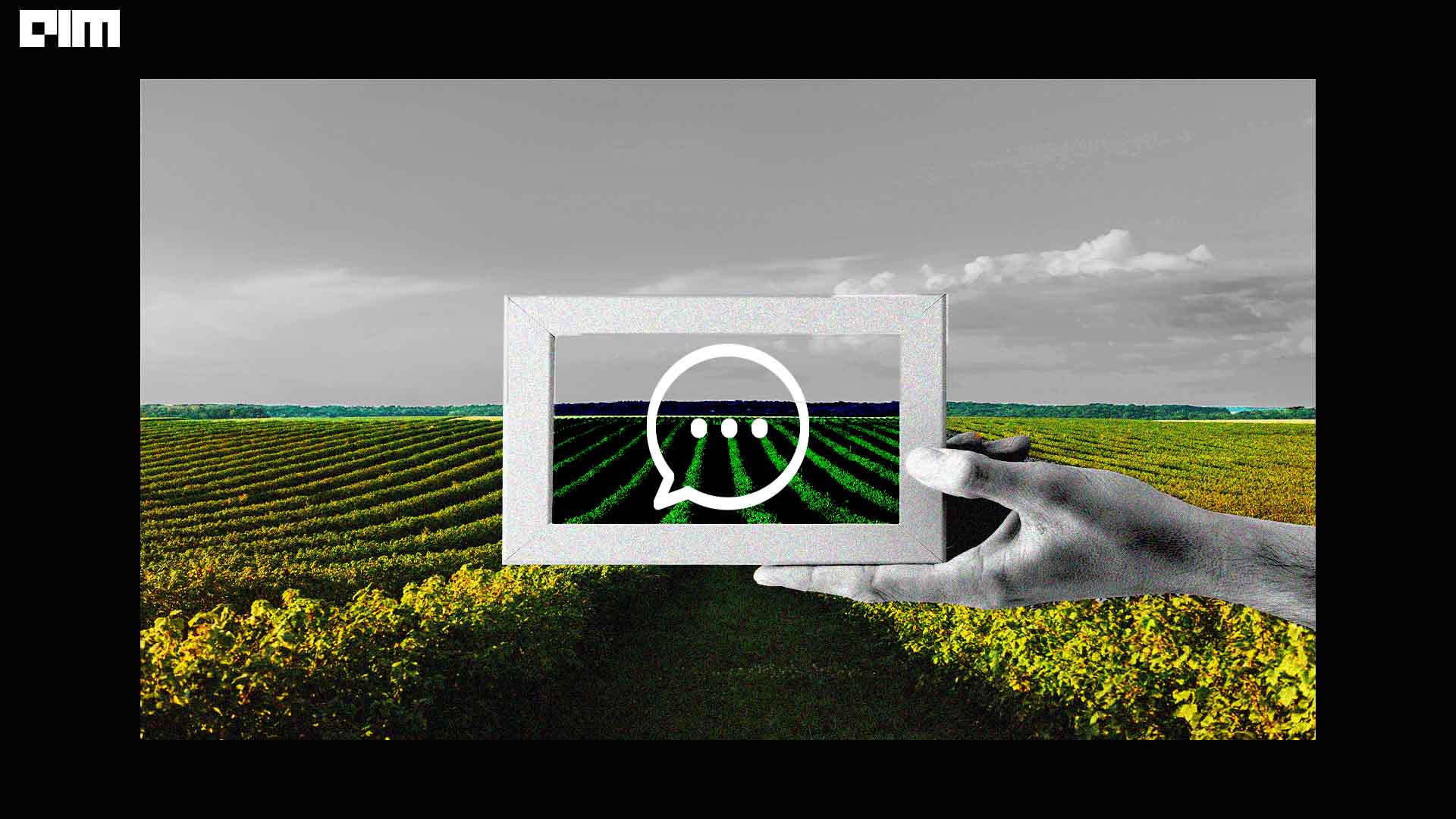
ChatGPT, driven by powerful GPT models, has found application across various sectors. OpenAI CEO Sam Altman, during his recent visit to India, mentioned that he was amazed to witness an Indian farmer using a ChatGPT-powered chatbot to access information on agricultural welfare schemes.
Indeed, platforms like Kissan AI ( previously known as KissanGPT) have showcased the prowess of generative AI in agriculture. The platform leverages the power of GPT3.5 and Whisper models by OpenAI and receives 30,000-40,000 queries every month.
The Indian government too acknowledges how useful generative AI can be. Reports earlier this year suggested that the Ministry of IT and Electronics ( MeitY) is working on a WhatsApp chatbot by integrating ChatGPT (which is powered by GPT3.5 and GPT-4 large language models). “LLMs combined with the natural language understanding of Indic languages can significantly enhance the ability of farmers to make informed decisions, potentially boosting yield, reducing wastage, and enhancing overall farm profitability,” Pratik Desai, who developed KissanAI, told AIM.
In India, the agricultural sector remains one of the biggest contributors to India’s GDP and employs nearly 50% of the population of India, directly or indirectly.
Leveraging Generative AI
Today, there are numerous government schemes and benefits available for farmers, however, many of these farmers are unaware of these schemes. Navigating through the multitude of government schemes and welfare programmes in India can be challenging, especially for those who are illiterate or unfamiliar with English.
Jugalbandi, an AI-chatbot powered by OpenAI’s GPT models via Azure OpenAI Service, is helping farmers as well as villagers in rural India find out about different government schemes which are beneficial for them. The chatbot, which can also be accessed through WhatsApp, retrieves pertinent programme details, typically documented in English, and delivers them in the native language of the user. Currently, the chatbot is available in 10 of the 22 official Indian languages.
Similarly, Wadhwani AI, an independent, non-profit institute dedicated to developing AI solutions for social good is exploring leveraging generative AI to power Kissan call centres. Alpan Raval, chief scientist, AI/ML, Wadhwani AI, told AIM that they are building a Kissan call centre support system using generative AI to assist farmers with their queries.
“Our approach involves augmenting the expertise of the human experts by utilising models that provide automated responses based on a knowledge base. We create these knowledge bases using current government reports and documents, and our speech interface enables a conversational AI system for seamless interactions,” he said.
Generative AI capabilities are being tapped into by other players in the sector as well. Digital Green, a global development organisation has joined forces with generative AI startup Gooey.AI to introduce Farmer.CHAT, an innovative solution aimed at addressing the challenges faced by farmers who are at the forefront of climate change and water security issues. Odisha’s Department for Agriculture and Farmer’s Empowerment also launched Ama KrushAI, an interactive chatbot, to provide farmers with valuable guidance on optimal agronomic practices, government schemes, and loan products offered by over 40 commercial and cooperative banks.
Desai also revealed that he has been approached by over 20 companies operating within diverse agricultural sectors, both in India and internationally. “These range from early-stage agritech startups to established agri input enterprises. Currently, in our pilot phase, we’re working in close collaboration with a selected cohort of these companies.”
Generative AI could do a lot more
The current technological transformations and digital penetration in rural areas have made farmers aware of their crops. “However, there is still a need to acquaint them with tailor-made solutions to improve their conventional farming practices and adopt the latest methods and techniques to increase their productivity,” Sateesh Nukala, CEO & co-founder at BigHaat, told AIM.
Generative AI could potentially do a lot more, given the technology is still in its nascent phase. As the technology matures, its potential use cases in agriculture will also increase. “It will become useful in numerous areas like quick detection of diseases and pest control, nutritional deficiencies that are not currently screened by existing tools,” he said.
Determining soil health to know the possible deficiencies in the current age is difficult as it requires expensive tools to generate such soil health reports. “Further, the history of crops sown on a particular land and capability to predict the upcoming quantum of harvest and plan for the coming year are some of the crucial parameters where generative AI can assist farmers in their native language,” Nukala said.
The post Generative AI is Already Finding Multiple Use Cases in Agriculture appeared first on Analytics India Magazine.